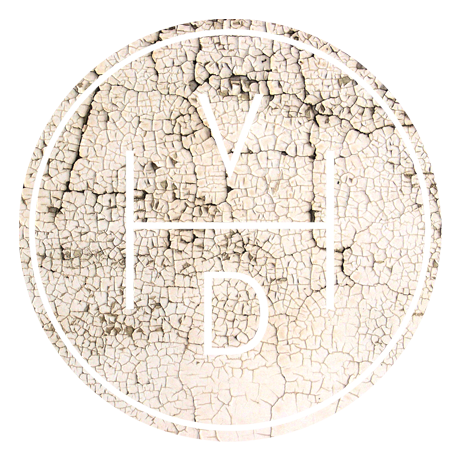A very trusted comrade
A skill I have always wanted to hone (pun intended) is sharpening knives. Recently, I decided to take the leap, buy myself a good stone and get to it. Little did I realize what a complicated job selecting the right stone would be. Literature on the subject was vast and varied and my go-to authors left me even more confused; W.K Merrill said a "good grade carborundum whetstone is a must to keep both axe and sheath and pocketknife sharp" while Clyde Ormond suggested an Arkansas stone. Bill Riviere suggests to considering a pair of Washita stones and Calvin Rutsrtum sings the praises for a combination of fine India Stone and soft Arkansas.
Initial research resulted in some serious head scratching but after further more comprehensive reading and a much deeper dive into the wonderful world of abrasives, I think I finally have a handle on the subject. To start with all the most common stones and systems fit into one of three categories: whetstones/oil stones, water stones and diamond stones. These categories are then sub-divided into material type and coarseness.
Let's get some naming confusion out of the way first; as far as I have been able to work out 'oil-stones' and 'whetstones' are the same thing - oil stones are a finer grade whetstone which are often lubricated with oil. Whet is an old word meaning "to sharpen" and is not a reference to water (although water can be used to lubricate these stones). From here on I'll refer to this category as whetstones.
Whetstones/Oil Stones
Whetstones are the most well-known, traditional sharpening stones – the one your dad or grandpa probably has in his shed. Depending on the specific type and coarseness, a whetstone is often used with oil or water to lubricate the sharpening action and to help remove the excess metal filings or swarf. They can be manufactured or naturally quarried; the man-made versions are most commonly made from aluminum oxide or silicon carbide. An 'India Stone' is Norton Abrasives' trademark name for their aluminum oxide stones, and a carbundum stone is an older name for a silicon carbide stone (mystery solved).
The quarried whetstones are comprised of a microcrystalline quartz called novaculite. One of the more famous regions for quarrying novaculite is the Ouachita Mountains in Arkansas, stones from here are known as Arkansas, Ouachita or Washita stones. There are different colors and densities to quarried whetstones and they have awesome common names like "hard black", "surgical black" or "pink translucent".
Japanese Water Stones
These stones are apparently the new kid on the block in the Western world, but have been used for centuries in Japan. They too can be either manufactured or mined. The manufactured versions are mostly made from aluminum oxide (like a whetstone) but use a different binder to hold the particles together.
The naturally mined or quarried stones are composed of silicate particles in a clay matrix making them softer than a whetstone. Because of the softer bond between the abrasive particles, the blade being sharpened is constantly scraping and removing the top layer of stone and revealing new, sharper particles on the sharpening surface. This makes the sharpening process much faster, but it also means the stone wears quicker and is much messier than a whetstone. Water is only ever used on these stones as oil is said to ruin them. There is a staggering number of companies that make water stones; each one seems to have it's own recipe balancing durability and softness.
Diamond Stones
A diamond stone is actually a steel plate with a coating of diamond grit. The two most common diamond types used are mono-crystalline and poly-crystalline, the former being the longer lasting, most desirable and of course most expensive version. Like other stones diamond plates come in various coarseness, but they do not need lubricant. While these stones are considerably more expensive than the other options they are much longer lasting – in fact they are so hard wearing they can be used for leveling other sharpening stones that have had grooves worn into them.
Which Stone?
So where to start? I think the most important thing to consider is what the stone will be used for. I really want an all-round stone that can be used to sharpen everything from a fine pocket knife to a larger kitchen knife. I'm not really cool enough to be an axe guy so I don't need anything overly coarse. As with anything I'd like it to last me as long as possible – a lifetime would be ideal so I don't mind spending that little bit more for quality.
I find something very appealing about the ancient Eastern tradition of water stones; I'm not sure if it is just me, but they have that air of Japanese perfection and a little bit of mysticism surrounding them. I like that they can be used with only water but the mess factor, shorter life span and cost does bother me. I know it may seem irrational but there is something sterile and manufactured about using a diamond sharpener that puts me off. So with that in mind I have decided that a quarried Soft Arkansas/Black Arkansas combination whetstone is the winner. They are tried and tested, long lasting, durable, made in the USA and will only just break the bank. I have my order in and will let you know how this new escapade pans out.

